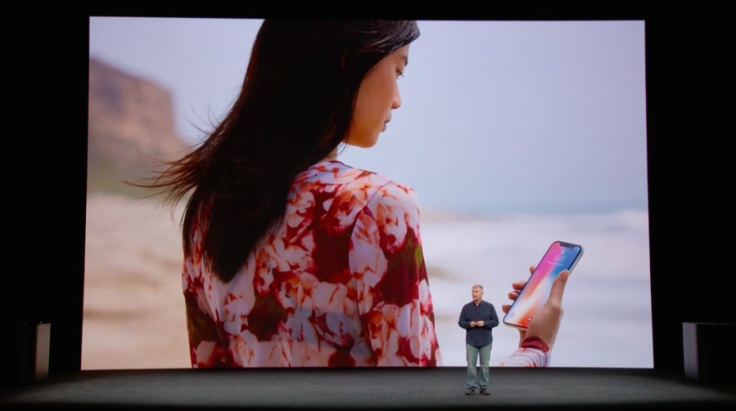Limited Supply? iPhone X Face ID Causing Production Problems

Apple is having production issues with the upcoming iPhone X, which could further limit the number of units available at launch, according to the Wall Street Journal.
The problems involve the iPhone X’s most important feature: Face ID. The facial recognition technology will allow users to unlock their phone and make payments using just their face. However, two components that make up the Face ID, dubbed Juliet and Romeo, are complicating production of the device. The assembly of Romeo has taken more time than Juliet, leading to an imbalance in supply, meaning there were more Juliets and not enough Romeos, sources told the Journal.
The Romeo module includes a dot projector that uses a laser to beam 30,000 infrared dots on the user’s face to map their unique traits. The technology was showcased during Apple’s event earlier this month. Meanwhile, the Juliet module includes the infrared camera that reads the mapping of the user’s face. There were reportedly complications in assembling various components into the Romeo module.
One source told the Journal the assembly process for the Romeo modules are now "moving smoothly." The Romeo modules are assembled by LG Innotek and Sharp.
However, the issue Apple faced with Romeo could further limit the number of iPhone Xs available when the device launches in November.
iPhone X Limited Supply, Delay Rumors
This week, KGI Securities analyst Ming-Chi Kuo said the bottleneck in the iPhone X production might be caused by the smartphone’s TrueDepth camera. The TrueDepth camera helps with the new Face ID feature and is needed for Portrait Mode and Portrait Lighting options when taking selfies with the front-facing camera. The analyst predicts mass production of the iPhone X will begin mid or late October.
“TrueDepth camera may be main production bottleneck of iPhone X ramp. The 3D sensing (TrueDepth camera) on iPhone X is composed of a structured-light system, time-of-flight system and a front-facing camera, which represents a far more complex structure than those of rivals,” Kuo said in a research note obtained by MacRumors. “It will therefore be harder to achieve mass production. While we project iPhone X will see output ramp up meaningfully in mid/ late October, tight supply may only start to ease in 1H18F due to strong demand.”
Kuo had said before the iPhone X reveal that the device will face "severe short supply for a while.”
Meanwhile, Raymond James chip analyst Christopher Caso said in an investor’s note obtained by Barron’s last week Apple could face trouble in getting iPhone Xs to consumers. Caso, who conducted supply chain checks in Asia, said final production of the 10th anniversary device hadn’t begun yet. The analyst said production is expected to start in mid-October, adding that full production ramp up of the iPhone X will be pushed back to the December quarter.
Apple will begin taking pre-orders for the iPhone X on Oct. 27 and will launch the device Nov. 3. The 10th anniversary device will be offered in 64GB and 256GB starting at $999.
© Copyright IBTimes 2025. All rights reserved.



















